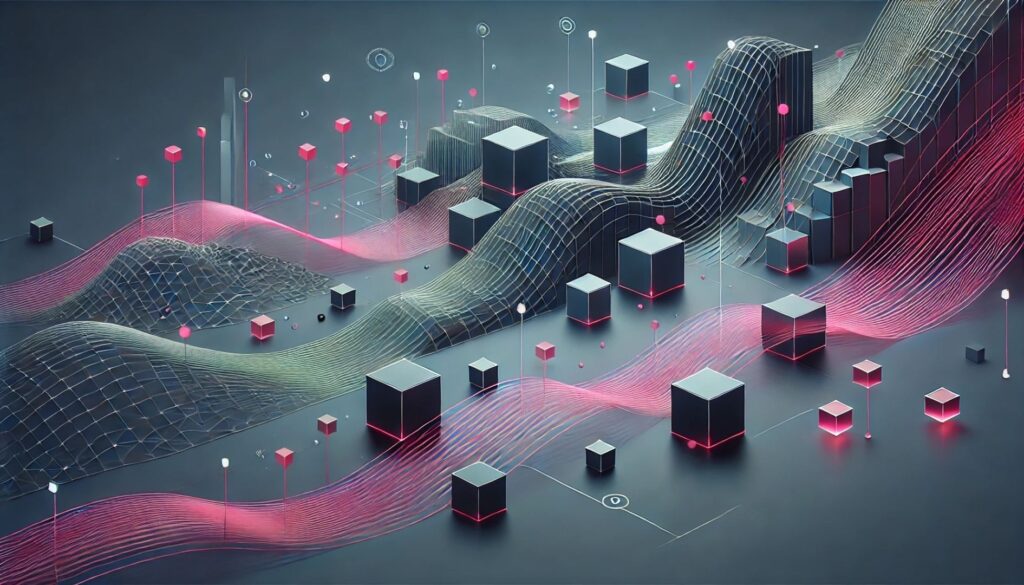In a fast-moving world where data is seen as the new valuable commodity, it is essential for companies not only to keep up, but also to lay the foundations for the future. The concepts discussed here are more than just buzzwords; they reflect intensive discussions with our clients and are based on practical implementation by our teams.
In this article, we want to present the knowledge and experience we have gained from these interactions. The aim is not to provide in-depth technical knowledge. The aim is to explain how the latest trends and concepts such as data fabric, data intelligence, data mesh and automation provide concrete solutions to our customers' challenges.
Overview of modern data management concepts
Data Fabric: The foundation of modern data architecture
Data Fabric provides a structural framework for the management and integration of data that creates a consistent environment for managing data across distributed systems. The goal is to create a unified data infrastructure that enables efficient organization, integration and management of data, regardless of where it is physically stored. This approach helps companies to connect different data landscapes and ensure a smooth exchange of information.
Data intelligence: intelligent use of data
Data intelligence goes beyond the mere collection of data. It encompasses the continuous recording of the status and relevance of data and systems, with metadata playing a key role. role. Accurately capturing the semantics of metadata enables a deeper understanding of the technical and business meaning of data, leading to better collaboration between IT and business departments and more informed decisions.
Data Mesh: Decentralized data products
Data Mesh focuses on a decentralized approach to data management in which teams are responsible for their own data products. This promotes a culture of responsibility and use of data within the entire organization.
Automation: the key to efficiency
The automation of data processes and the active use of metadata are crucial in order to keep pace with the dynamics of business development. This enables companies to react quickly to changes and optimize data management.
Integration of the concepts in practice
A modern data fabric architecture enables access to all types of data - both operational and analytical - without restrictions to specific data marts, data warehouses or lakehouses. An abstraction layer allows the various components to communicate with each other and adapt dynamically. For the end user, it does not matter where the data is stored, be it in applications such as SAP or in databases. This flexibility creates the basis for self-service and can be regulated by federated governance as part of the data mesh concept.
Automation is crucial for managing the multitude of activities in compliance with governance guidelines, both at a technical level with Data Fabric and at an organizational level with Data Mesh. Important tasks include analyzing events in the data mesh, making decisions, defining workflows and creating and implementing blueprints.
The concept of the data mesh emphasizes the importance of thinking in terms of data products. The key to success lies in self-service and a regulated approach to data, including the assumption of responsibility. Data products arise from the combination of business and technical components and require the ability to be designed and created directly from the business departments, with effective governance being essential.
Conclusion
The combination of Data Fabric, Data intelligence, data mesh, automation and data products forms the basis for future-proof data management. Companies that implement these concepts are optimally positioned for the data-based future. Now is the right time to act - are you ready?






